Salcombe Art Club Exhibition preview: Provident
Provident – the featured painting above – is one of five that I plan to submit for consideration of the Hanging Committee of Salcombe Art Club, hoping they will be accepted for the 2017 Salcombe Art Club Exhibition which opens on Thursday 13 April.
On this blog, I’ll post a preview of each of the five paintings, over the next few weeks. If you decide you want to purchase one of them, be quick. The prices go up in April!
What inspired me to paint Provident?
For decades, ‘Provie’ was part of the Island Cruising Club’s fleet aimed at teaching children and adults how to sail in the traditional manner. That is: under a ‘tall rig’.
Provie was part of the scenery!
Where is Provident now?
Provident is now with Trinity Sailing Foundation, who operate a small fleet of historically important sailing vessels such as: Leader, Provident, Golden Vanity and Heritage.
What is the history of Provident?
I am grateful to the Trinity Sailing Foundation for providing full information on all their vessels. This is my potted version regarding Provie.
Provident is a medium-sized ‘Mule’ class of sailing trawler. Built in 1924, Provident was a replacement for an earlier vessel of the same name, which had been sunk during WW1 by a German U-boat. She fished out of Brixham for ten years, was then sold and converted to a private yacht. Provident was laid up in Cornwall during WW2.
Provident arrived in Salcombe, in 1951, as the founding vessel of the Island Cruising Club. She was given a major refit in the late 1980s, and re-launched in 1991. Eight years later, having sailed our waters to everyone’s delight, in 1999, she started working from Brixham as part of the newly-formed Trinity Sailing Foundation.


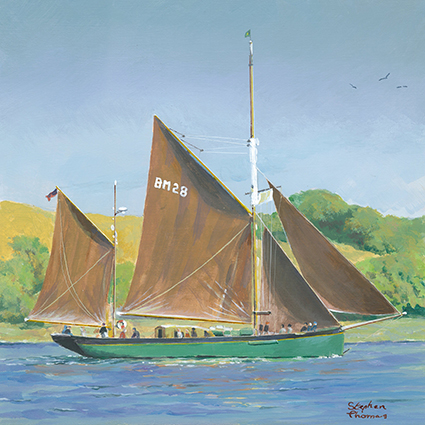
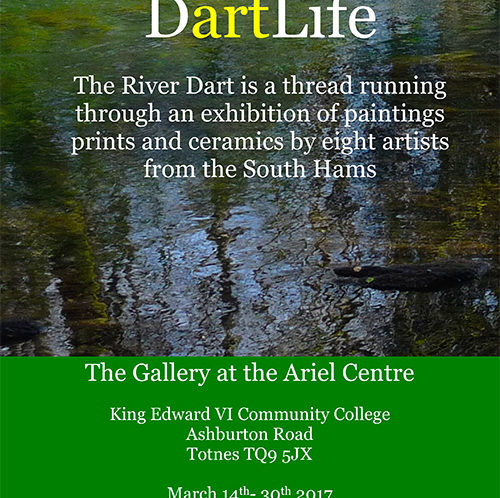
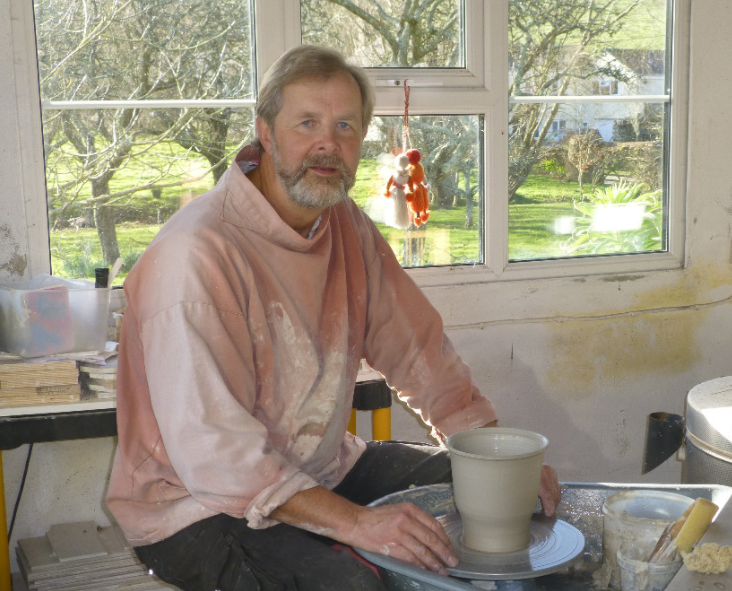
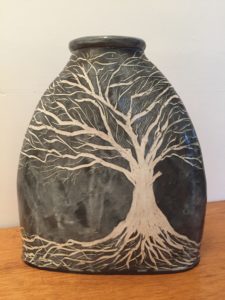 At the exhibition, one piece caught our eye and was purchased as a gift from me to my wife on the occasion of our recent wedding anniversary.
At the exhibition, one piece caught our eye and was purchased as a gift from me to my wife on the occasion of our recent wedding anniversary.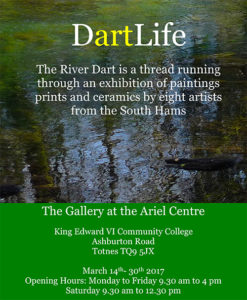
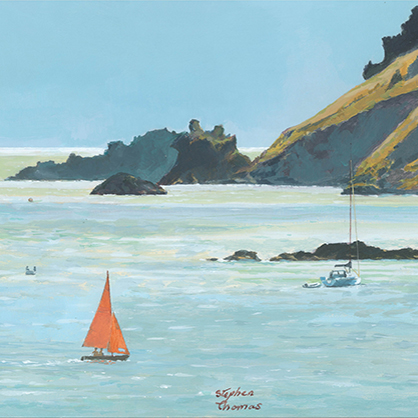
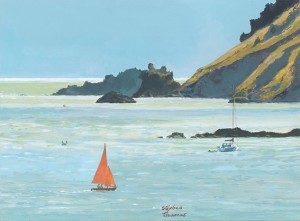 Imagine: Dad has rigged the Mirror (or whatever small craft he has towed down to Salcombe). You can see it, set against the backdrop of cliffs, in wind and tide, navigating safely past a beastly reef we call Blackstone.
Imagine: Dad has rigged the Mirror (or whatever small craft he has towed down to Salcombe). You can see it, set against the backdrop of cliffs, in wind and tide, navigating safely past a beastly reef we call Blackstone.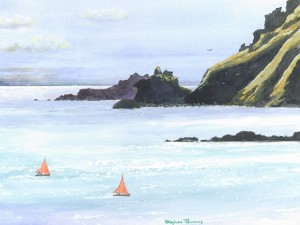 I enjoyed the challenge of the composition so much, I produced a second Blackstone painting:
I enjoyed the challenge of the composition so much, I produced a second Blackstone painting: